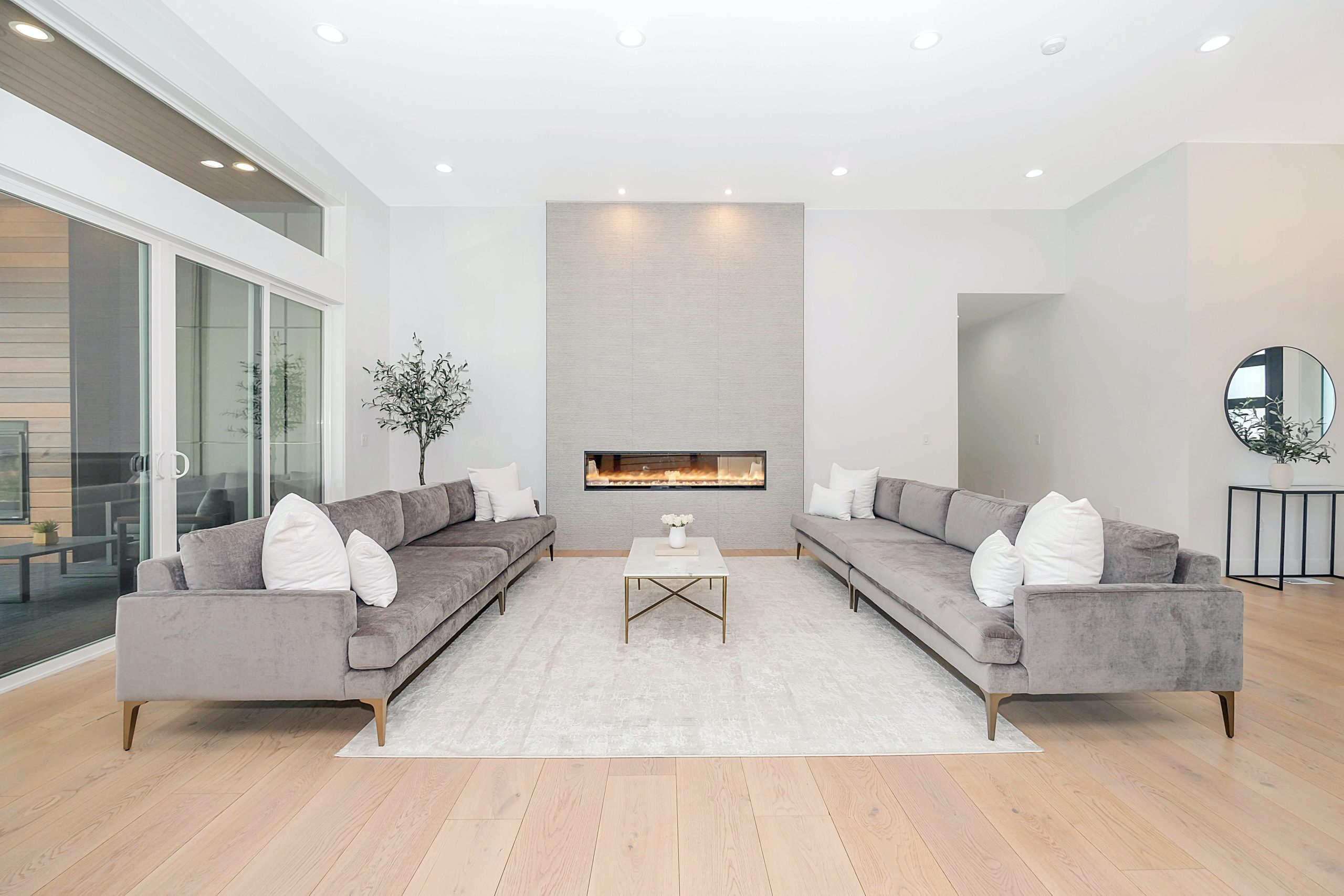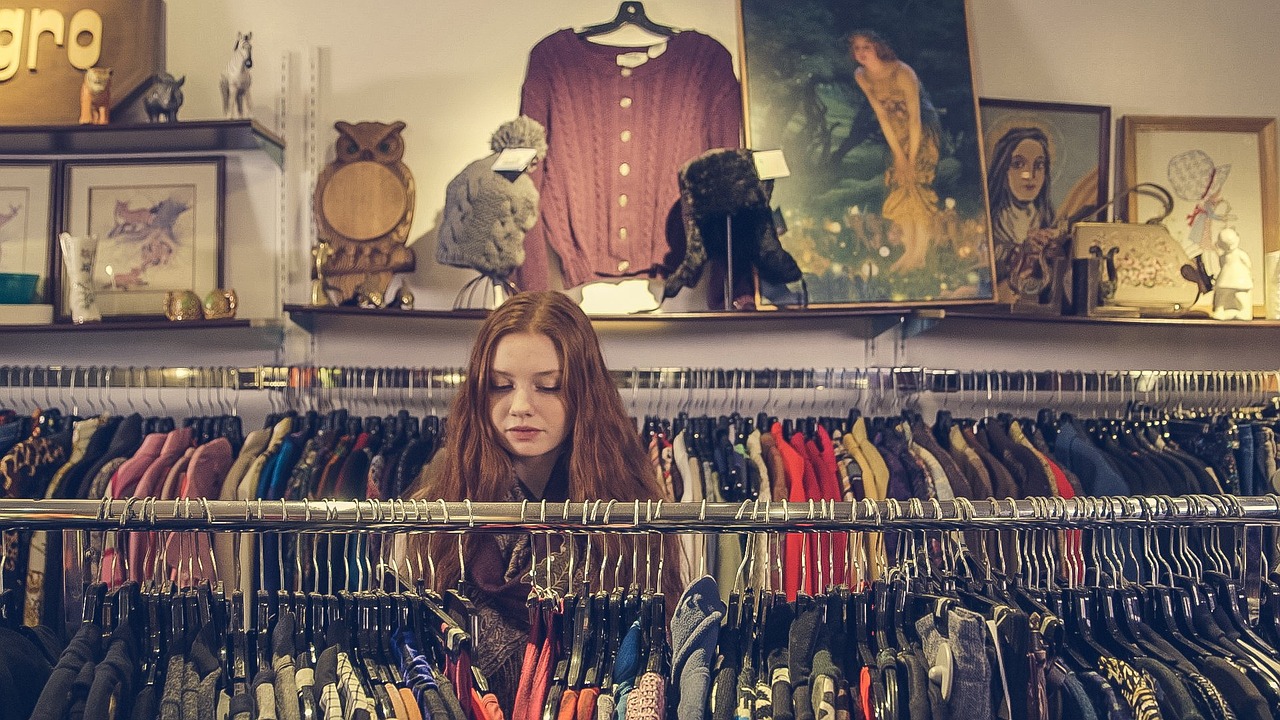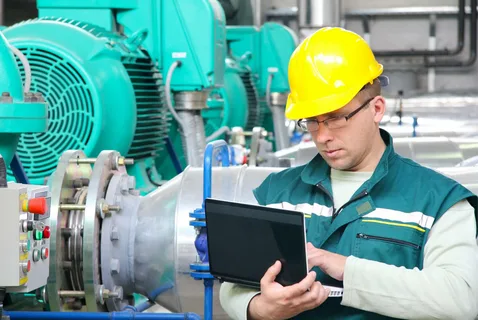There’s been a shift in the Middle Eastern real estate market away from traditional stand-alone houses to luxury apartments. Chairman of Dar Al Arkan Sheikh Yousef Al Shelash says this is a current trend in the region’s economic middle class. “That is where we have seen a shift from stand-alone houses to apartments because real estate is becoming more expensive,” explains Al Shelash. “So you have to, in a way, move from a villa into an apartment. At the same time, utilities are becoming more expensive, and the utility bills of a villa are different from an apartment.”
This is not a trend Yousef Al Shelash could have ever predicted. “Fifteen years ago, you wouldn’t see any Saudi national living in an apartment,” he explains. “Now it has become an acceptable way of living, and the big trend is moving into living in apartments.”
Sheikh Yousef Al Shelash on the Impact of Introducing Home Loans to the Middle East
As chairman of Dar Al Arkan, the largest real estate developer in Saudi Arabia, and chairman of the Saudi Home Loans company, Al Shelash can offer a complete solution for aspiring homeowners. Dar Al Arkan builds the apartments or villas, and Saudi Home Loans provides the financing. Back in 2007, when Saudi Home Loans began, personal mortgages were a foreign concept, and home financing was not yet established in Saudi Arabia.
The lack of regulations was the biggest challenge for Al Shelash while establishing mortgages in the Middle East. According to Yousef Al Shelash, the company “evolved with the evolution of regulation.” For example, he says, “When Saudi Home Loans started out, people did not understand how they could take out a loan for 15 years or even 25 years. At that time, the full mortgage loan was not yet established.”
Today, the region has a fully developed mortgage market. And since being established and embraced, home loans and mortgages have helped with urbanization as they allowed people living in the suburbs, who could not traditionally afford to consider purchasing property in the city, to move to more urban areas. “There are also refinancing companies that belong to the government who are also buying mortgages to continue providing liquidity to the market, but this was not there when they started. So they needed to evolve with regulation and convince so many banking institutions to provide funding for these mortgages,” says Al Shelash. “Convincing the World Bank to be part of that organization was a huge step because once so many of the banking institutions saw the International Finance Corporation of the World Bank getting involved in that project, this gave a lot of trust to so many of the banking institutions. So one of the first funding came from the World Bank from the IFC. Then the other banking institutions followed.”
Architectural Changes Across the Middle East
In recent years, Saudi residents have been softening their living spaces. They’re adding entryway lighting, spacious patios or lounges, swimming pools, and gardens, and also refinishing exterior walls in limestone. All of the work adds personality and curb appeal to the houses, which have traditionally been beige boxes with minimal windows. “This is one trend in the middle sector of the economy,” says Al Shelash. “The main cities of Saudi are looking more and more alive.”
Al Shelash says the trend has a lot to do with the opening up of the markets “in terms of becoming more open to the external world, and more open of mixing between men and women — and opening up of so many of the restrictions that were before — allowed more and more people to live in apartments. The number of fences around houses has been reduced, which is really adding a different flair to the city because now you see the city as more alive.”
Property Development Company Dar Al Arkan Is Reimagining City Life
That change helped make it possible for Dar Al Arkan to develop the Shams Ar Riyadh, a sprawling 5 million square meter mixed-use project in the capital of Saudi Arabia. The city-within-a-city is “one of the many developments that Dar Al Arkan created over the years as a community,” explains Yousef Al Shelash. “The company has developed many communities, but [with] Shams Ar Riyadh, it had the option of developing some of the most luxurious villas, with interiors designed by Roberto Cavalli, Versace, and Elie Saab.” That’s primarily due to the proximity to the city’s center.
According to the company, the Shams Ar Riyadh is “a tranquil getaway in the middle of the bustling city. The perfect location to get the perfect balance between affluence and relaxation.” It’s also a perfect community in which families can thrive. Dar Al Arkan stated, “From mixed-use space to residential and commercial spaces, Shams Ar Riyadh is fully equipped with vibrant retail centers, multicuisine restaurants, walkways centered around lush green landscapes, children’s play areas, and added facilities such as schools, clinics, government offices, and mosques, [which] make this an exceptional community that grants you a hassle-free, convenient and modern life.”
While apartments are increasingly popular, co-branded villas are still very much in demand. Yousef Al Shelash does take great pride in the fact that the Shams Ar Riyadh features the first-ever villas to have interiors created by Italian fashion designers Roberto Cavalli and Versace. These are also the first fully automated homes in the Kingdom of Saudi in order to offer a more efficient and sustainable lifestyle. There are only 12 villas in the Versace collection. Each of the floor-to-ceiling windows in the smart home offer panoramic views of Wadi Hanifa, a stunning valley.
“No luxury has been spared in the homes that bear the signature of the Italian fashion maestro,” the company stated about the Cavalli villas. “Floor-to-ceiling glass walls allow the natural light to flood into every space while highlighting the captivating views beyond. Features include lighting that detects real-time occupancy, motion sensors, and smart kitchen appliances. Security includes video entry with voice recognition and smart door locks while energy consumption is measured by interactive digital metering.”




